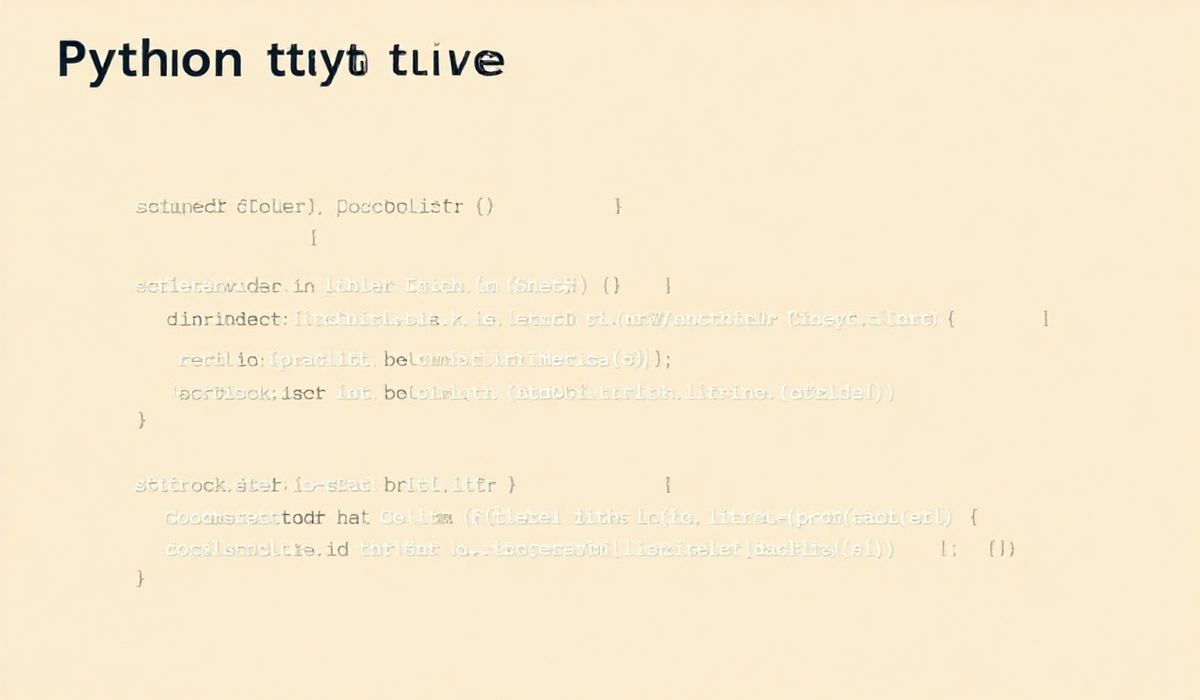Introduction to Lanzador API
Welcome to the complete guide to Lanzador API! Lanzador is a versatile API that allows developers to integrate powerful features into their applications effortlessly. In this article, we will explore the essentials of Lanzador and delve into various API examples with code snippets to help you get started.
Getting Started with Lanzador
Before diving into the code, make sure you have the necessary credentials to access the Lanzador API. You can sign up on the official Lanzador website and obtain your API key.
API Examples
Below are some of the most commonly used Lanzador API endpoints with code snippets to demonstrate their usage:
1. Authentication
const apiKey = 'YOUR_API_KEY';
const authUrl = 'https://api.lanzador.com/auth';
fetch(authUrl, {
method: 'POST',
headers: {
'Content-Type': 'application/json',
'Authorization': `Bearer ${apiKey}`
}
})
.then(response => response.json())
.then(data => console.log('Authenticated:', data))
.catch(error => console.error('Error:', error));
2. Fetch User Profile
const userProfileUrl = 'https://api.lanzador.com/user/profile';
fetch(userProfileUrl, {
method: 'GET',
headers: {
'Authorization': `Bearer ${apiKey}`
}
})
.then(response => response.json())
.then(data => console.log('User Profile:', data))
.catch(error => console.error('Error:', error));
3. List All Projects
const projectsUrl = 'https://api.lanzador.com/projects';
fetch(projectsUrl, {
method: 'GET',
headers: {
'Authorization': `Bearer ${apiKey}`
}
})
.then(response => response.json())
.then(data => console.log('Projects:', data))
.catch(error => console.error('Error:', error));
4. Create a New Project
const createProjectUrl = 'https://api.lanzador.com/projects';
const projectData = {
name: 'New Project',
description: 'Description of new project'
};
fetch(createProjectUrl, {
method: 'POST',
headers: {
'Content-Type': 'application/json',
'Authorization': `Bearer ${apiKey}`
},
body: JSON.stringify(projectData)
})
.then(response => response.json())
.then(data => console.log('Project Created:', data))
.catch(error => console.error('Error:', error));
5. Update Existing Project
const updateProjectUrl = 'https://api.lanzador.com/projects/PROJECT_ID';
const updatedProjectData = {
name: 'Updated Project Name',
description: 'Updated project description'
};
fetch(updateProjectUrl, {
method: 'PUT',
headers: {
'Content-Type': 'application/json',
'Authorization': `Bearer ${apiKey}`
},
body: JSON.stringify(updatedProjectData)
})
.then(response => response.json())
.then(data => console.log('Project Updated:', data))
.catch(error => console.error('Error:', error));
6. Delete a Project
const deleteProjectUrl = 'https://api.lanzador.com/projects/PROJECT_ID';
fetch(deleteProjectUrl, {
method: 'DELETE',
headers: {
'Authorization': `Bearer ${apiKey}`
}
})
.then(response => response.json())
.then(data => console.log('Project Deleted:', data))
.catch(error => console.error('Error:', error));
App Example Using Lanzador API
Let’s create a simple app that uses the Lanzador API to manage projects:
document.addEventListener('DOMContentLoaded', (event) => {
const apiKey = 'YOUR_API_KEY';
const projectsUrl = 'https://api.lanzador.com/projects';
const fetchProjects = () => {
fetch(projectsUrl, {
method: 'GET',
headers: {
'Authorization': `Bearer ${apiKey}`
}
})
.then(response => response.json())
.then(data => {
const projectList = document.getElementById('projectList');
projectList.innerHTML = '';
data.forEach(project => {
const listItem = document.createElement('li');
listItem.textContent = project.name;
projectList.appendChild(listItem);
});
})
.catch(error => console.error('Error:', error));
};
document.getElementById('fetchProjectsButton').addEventListener('click', fetchProjects);
});
HTML Structure for the above script:
<button id="fetchProjectsButton">Fetch Projects</button>
<ul id="projectList"></ul>
Conclusion
In conclusion, the Lanzador API is a powerful tool for developers to create, manage, and scale projects with ease. The examples provided in this guide should help you get started with integrating Lanzador into your own applications. Happy coding!




